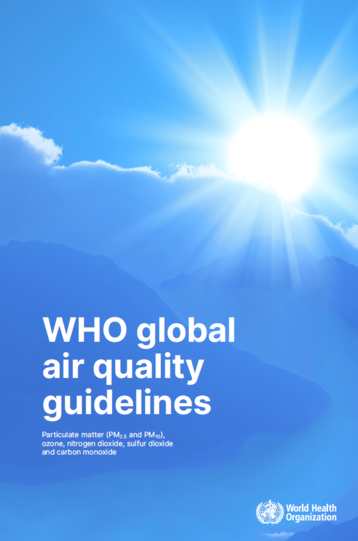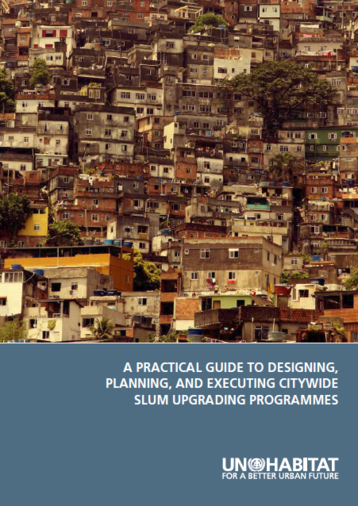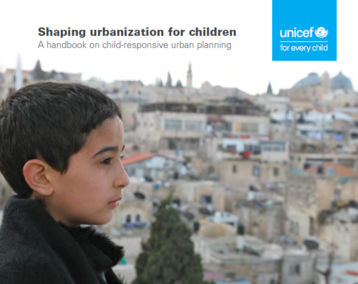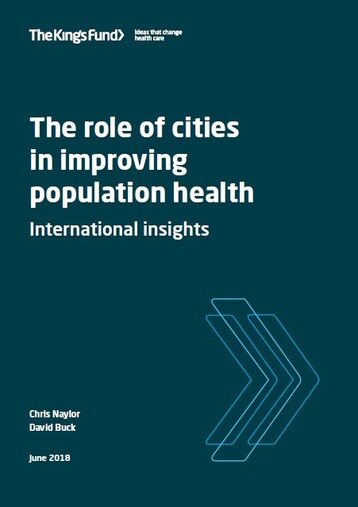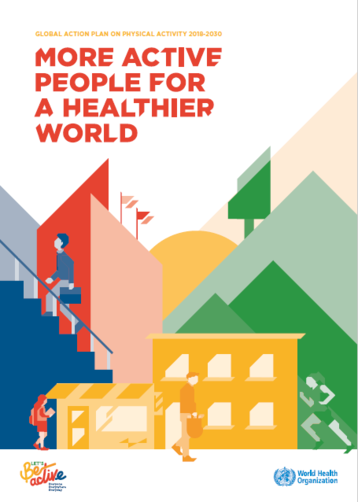WHO global air quality guidelines: particulate matter (PM2.5 and PM10), ozone, nitrogen dioxide, sulfur dioxide and carbon monoxide
The overall objective of the updated global guidelines is to offer quantitative health-based recommendations for air quality management, expressed as long- or short-term concentrations for a number of key air pollutants. The main groups of users of this guideline are policy-makers, lawmakers and technical experts responsible for developing and implementing regulations for air quality, air […]

